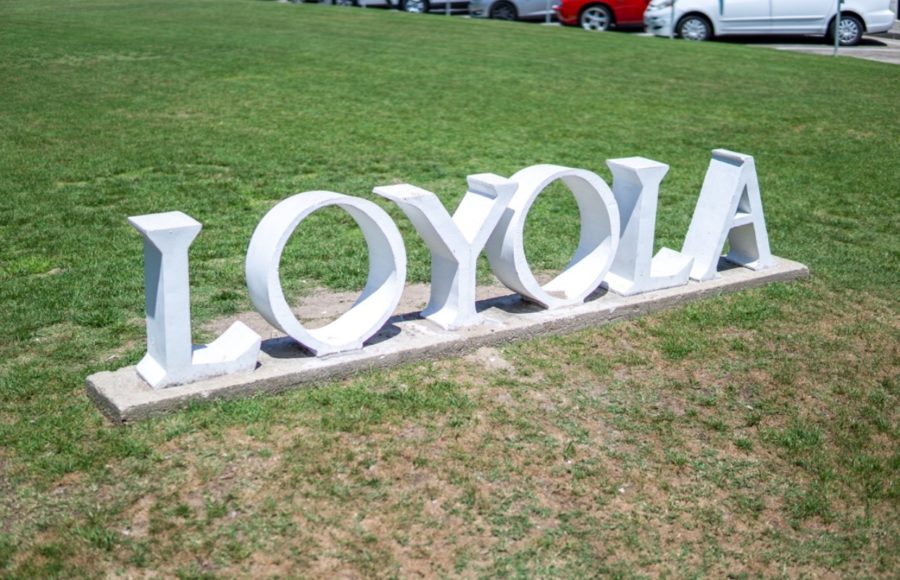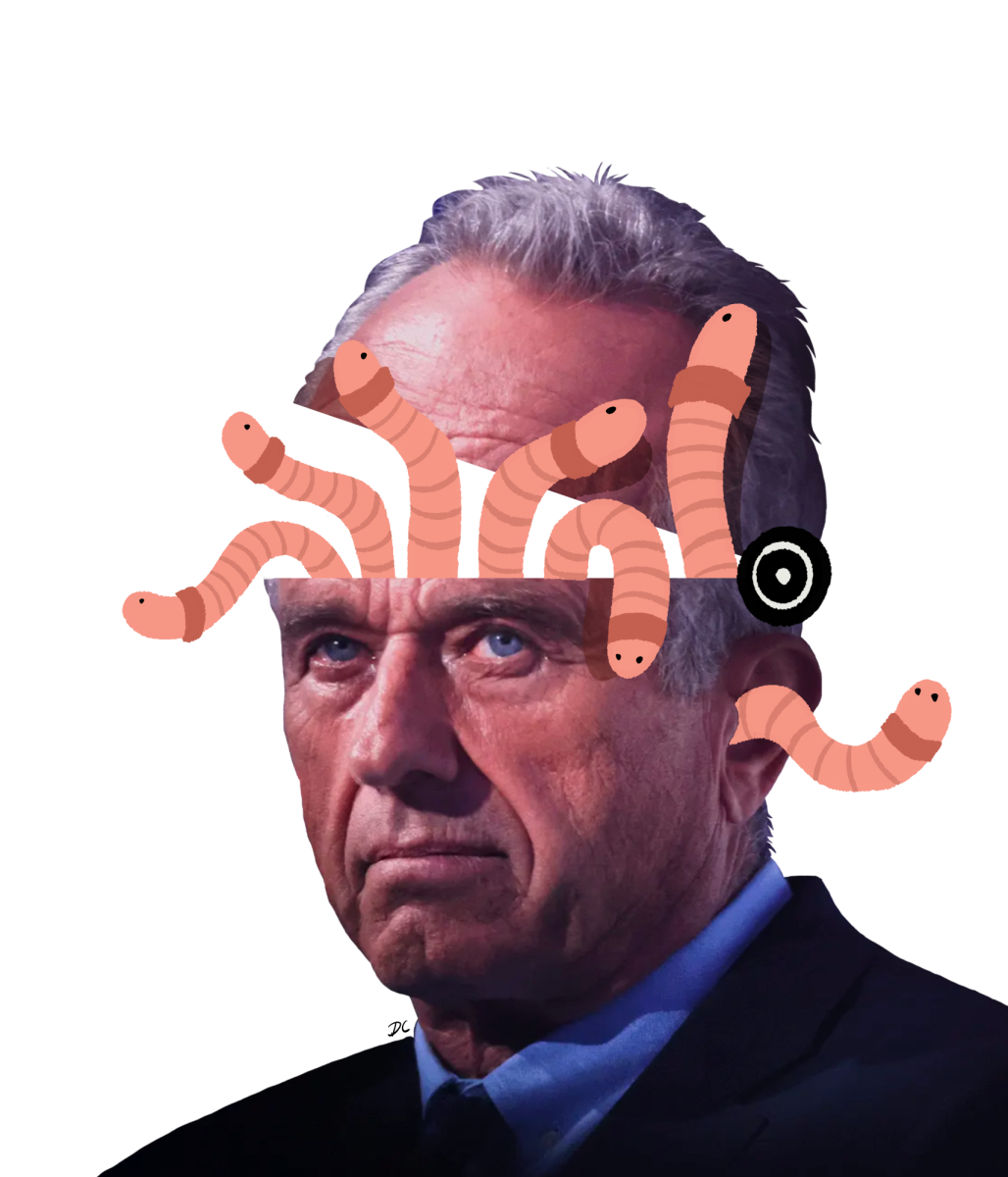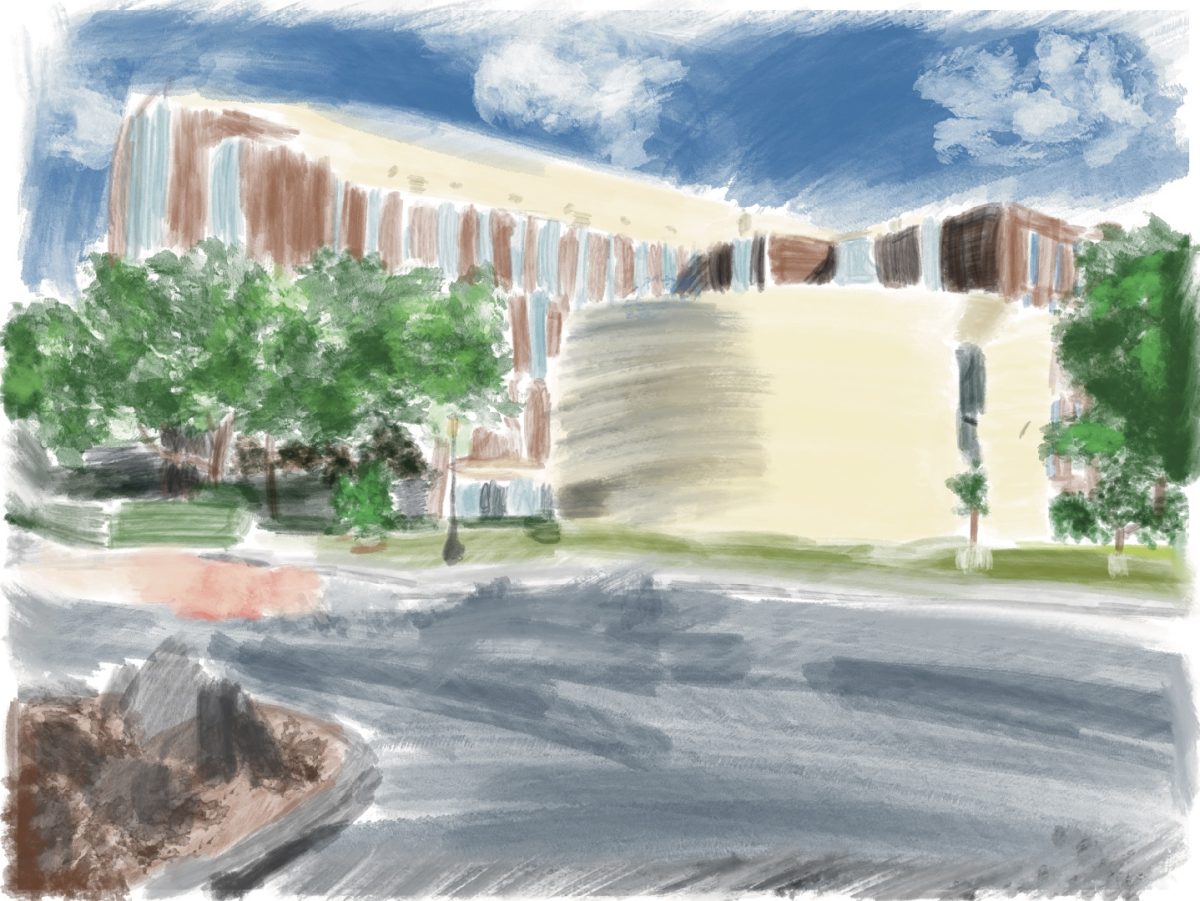J. Christopher Brown
Loyola community member
The British East India Company started importing opium, grown in India, into China in the eighteenth century. This trade increased dramatically after 1820. Britain had been importing large amounts of Chinese goods, primarily tea, silk and porcelain. The Chinese insisted on being paid in silver, which caused a large one-way flow of currency out of Britain and into China. To reverse this negative trade balance, the British East India Company began increasing opium shipments into China. Chinese traders paid for the opium with silver; the opium was then sold throughout the interior of China.
By 1839 the Emperor of China had become alarmed at the large number of people who were addicted to opium, and he attempted to suppress the opium trade, which was at the time technically illegal. China seized and destroyed 20,000 chests of opium (approximately 1,200 tons), and the traders were not paid for the opium that was destroyed. This alarmed the British East India Company and threatened their profits, so in 1839 Britain sent warships and troops to China. In return, British troops attacked and seized the city of Canton. China was forced to allow the opium trade to resume, to pay “reparations” to Britain and to cede Hong Kong to Britain “in perpetuity.” This was the beginning of what came to be known as “gunboat diplomacy.”
The Second Opium War (1856-1860) was waged because Britain desired even greater concessions from China than those it had already been granted. In the Second Opium War, France joined Britain in attacking China. China was decisively defeated and forced to sign treaties granting additional territory and trading concessions to Britain and France. In addition, British citizens who committed crimes in China now had the “right” to be tried in British courts, not Chinese. Many of these concessions lasted into modern times. Hong Kong was not returned to China until 1997. British and other European concessions in China survived the collapse of the Imperial Chinese Qing dynasty and the establishment of the Republic of China. Opium addiction continued to be a major problem in China until 1949, when it was vigorously suppressed by the new communist government.
The pain-relieving properties of opium have been known for thousands of years. During most of known history, the opium was smoked. However, in the seventeenth century, European pharmacists discovered that opium, which is insoluble in water, easily dissolves in alcohol. This marked the invention of laudanum, which was 10 percent opium and 90 percent alcohol. In this form, it was easier to administer, and it became an important medication in England and the rest of Europe. In a time when the practice of medicine was still relatively primitive and few effective drugs existed, laudanum became extremely popular.
Opium was very effective in suppressing coughs. These derivatives continue to be an ingredient in cough syrups, but narcotic cough medicines are now available only by prescription. If the doctor couldn’t eliminate your pain, it could be masked by laudanum. The cause of the pain still existed, but the patient didn’t care. It was no surprise that addiction to laudanum was soon widespread. Opium became a main ingredient of various other patent medicines, which were marketed as a treatment for a huge number of unrelated conditions. These concoctions also didn’t cure anyone, but made them feel better because their pain was suppressed.
In the nineteenth century, chemists succeeded in identifying and purifying the active chemicals in opium, the most important of which were morphine and codeine. The technology for injecting morphine was developed just in time for the American Civil War. The destruction and carnage of the war are well known, and the most common surgical operation was amputation. Ether and chloroform had not yet been developed for use in surgery, so the most successful surgeons were those who could perform amputations most rapidly. Although anesthetics were not available, morphine injections provided relief of pain for the many soldiers who had battlefield amputations.
Since the pain from battle wounds often lasted for years or decades, large numbers of war veterans became addicted to morphine. Morphine was sold in pharmacies without prescription into the early part of the twentieth century. Morphine was also recommended as a cure for opium addiction, which in a way it is, because it replaces one addiction with another addiction. In 1898 Bayer & Company, the inventors of aspirin, also began the marketing of heroin, which is a more powerful derivative of morphine. It was originally sold as a very effective cough suppressant. In addition, heroin was advertised as a cure for morphine addiction. Again, replacing one addictive drug with another, as heroin tablets could be bought in pharmacies without a prescription.
Beginning in the 1860s, various states of the United States began to pass laws regulating the purity and labeling of drugs. At the time, the adulteration of drugs was a persistent problem. These laws generally did not prohibit specific drugs, but required medicines to be labeled to show their ingredients. Narcotics and poisonous drugs were required to be labeled “POISON,” but were not otherwise restricted. The Harrison Narcotics Act of 1914 was the first attempt to prohibit the unregulated sale of narcotic drugs. This law was also used to prosecute physicians who prescribed narcotics to addicts. The Harrison Narcotics Act marks the beginning of the attempt to deal with the problem of narcotics addiction through the criminal justice system; this effort continues today.
Next installment: Enter the Mafia: Organized Crime Incorporates Narcotics Into Its Business Plan






